DOUTZEN, ALLURE, AND THE ART OF BEAUTY
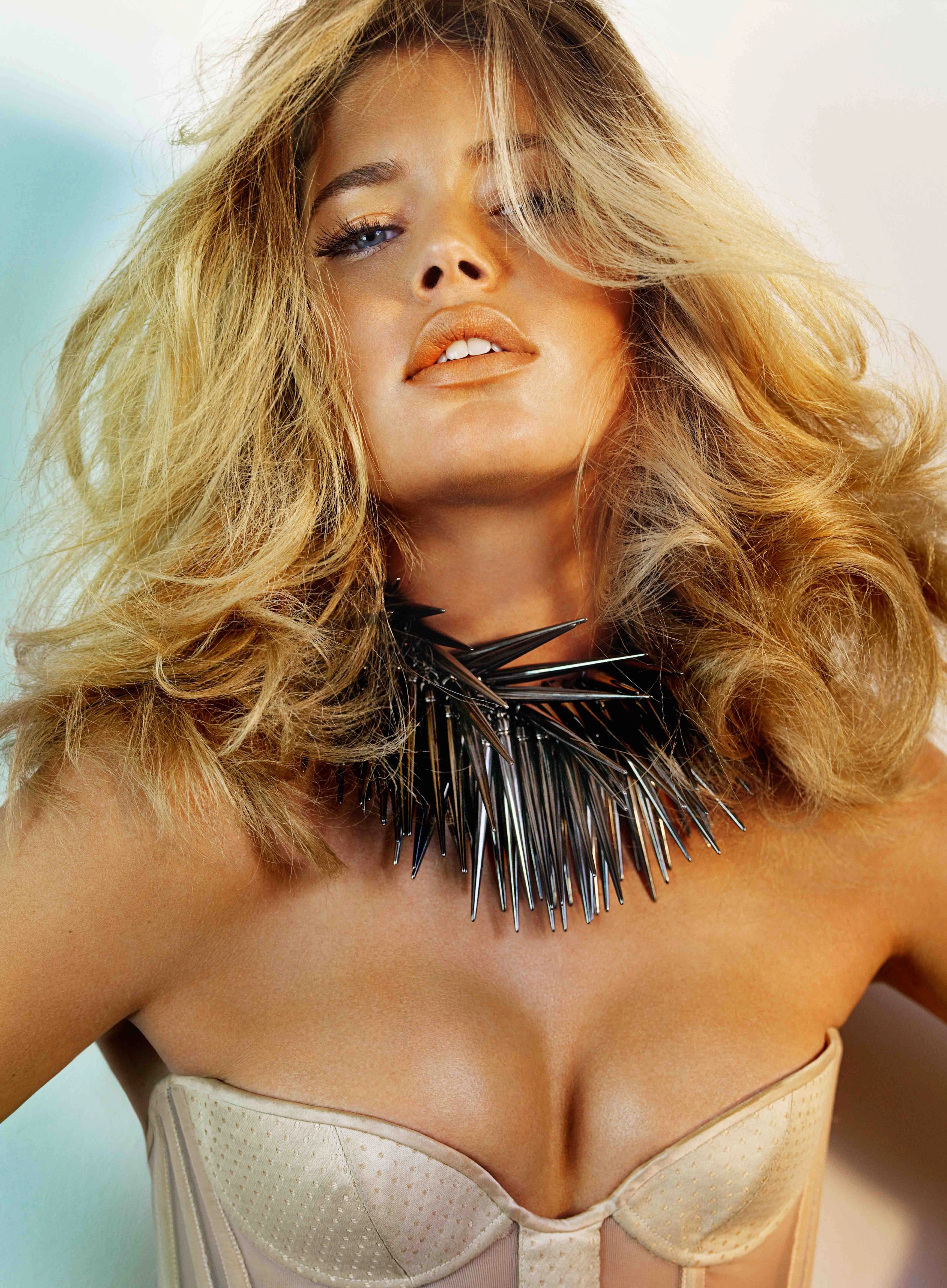
In 2008, in the electric haze of New York City, Mario Testino photographed Doutzen Kroes for Allure’s Best of Beauty issue, one of the magazine’s most anticipated annual fashion and beauty stories, produced in collaboration with stylist Paul Cavaco. The resulting images are both classic and timeless: Kroes’ gaze clear, her presence understated, the styling minimal yet resonant. It was a moment when fashion was loud, but for this shoot, Testino chose quiet.
The Allure series sits at the crossroads of commercial and cultural significance within Testino’s body of work. While much of his archive gravitates toward maximalism, lush sets, layered textures, and narrative tension, this Allure moment distilled beauty into geometry and light. The backdrop is New York’s vertical rhythm: skyline reflections, soft palettes, and the natural glow of daylight framing Kroes’ expression, steady yet charged with quiet gravity.
These photographs have transcended their original editorial context, appearing in major exhibitions and galleries worldwide. Their presence in Extremes at Yvon Lambert Gallery, Paris (2014), and In Your Face at the Museum of Fine Arts, Boston (2013), which later travelled to Buenos Aires, São Paulo, and Berlin, underscores how seamlessly Testino’s fashion imagery inhabits the realm of fine art.
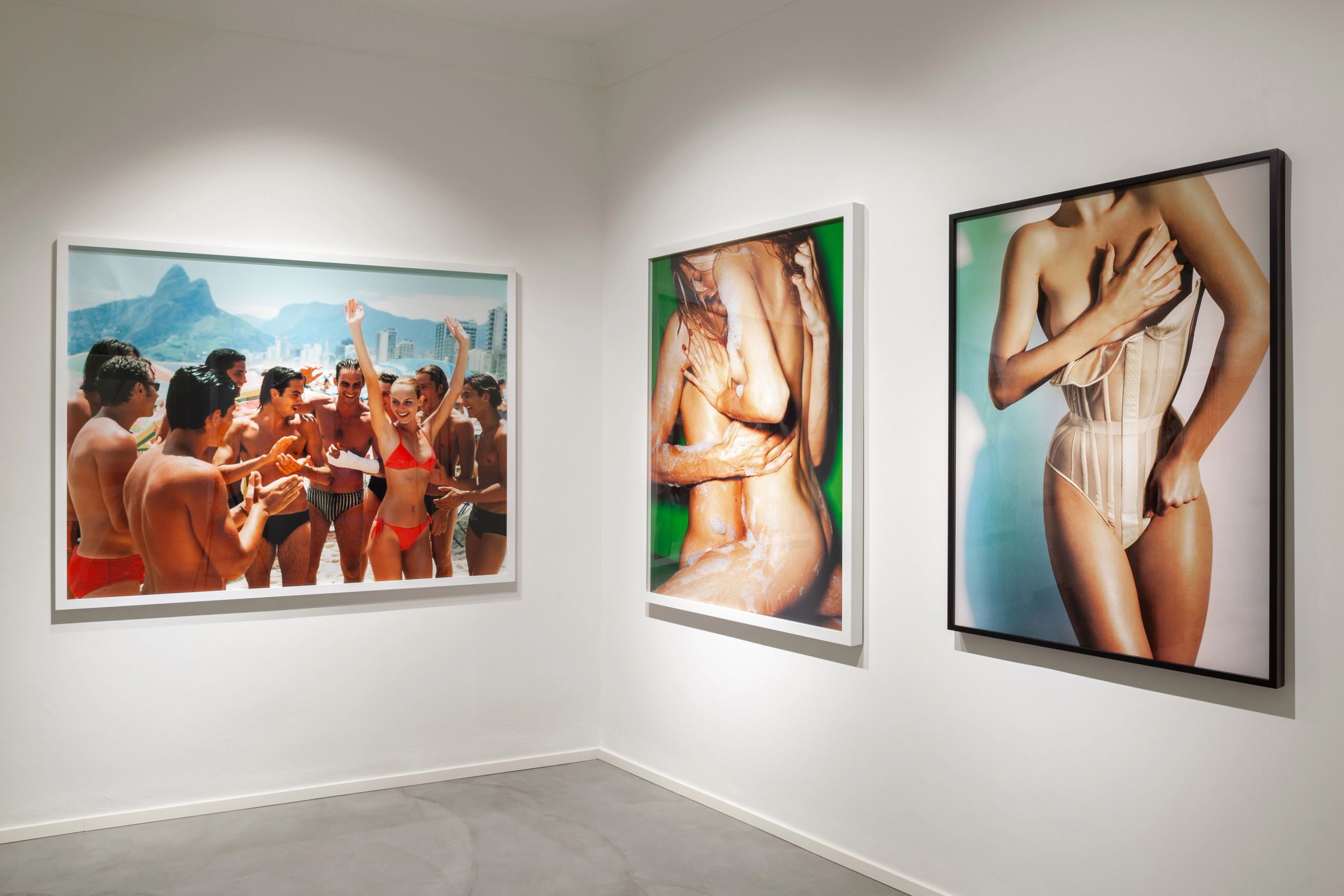
Installation View, Mario Testino Unfiltered, Part Two - Courtesy of 29 ARTS IN PROGRESS Gallery
Among the most exhibited works from this series, “Doutzen Kroes, New York, Allure, 2008” remains a collector favourite. It is a limited-edition C-type print (71 × 56 in), represented by Holden Luntz Gallery and published on Artsy.
In today’s hyper-saturated visual culture, these images feel almost radical in their calm. Allure in 2008 was about precision, about letting skin, light, and posture define the frame. In 2025, that restraint feels newly modern. It is a reminder that beauty does not need spectacle to feel relevant, and that a photograph can still hold its power without noise.
For Kroes, this shoot captured a career in motion, a model crossing from the commercial to the editorial, balancing accessibility with artistry. Testino recognised that shift, framing her not as product, but as person.
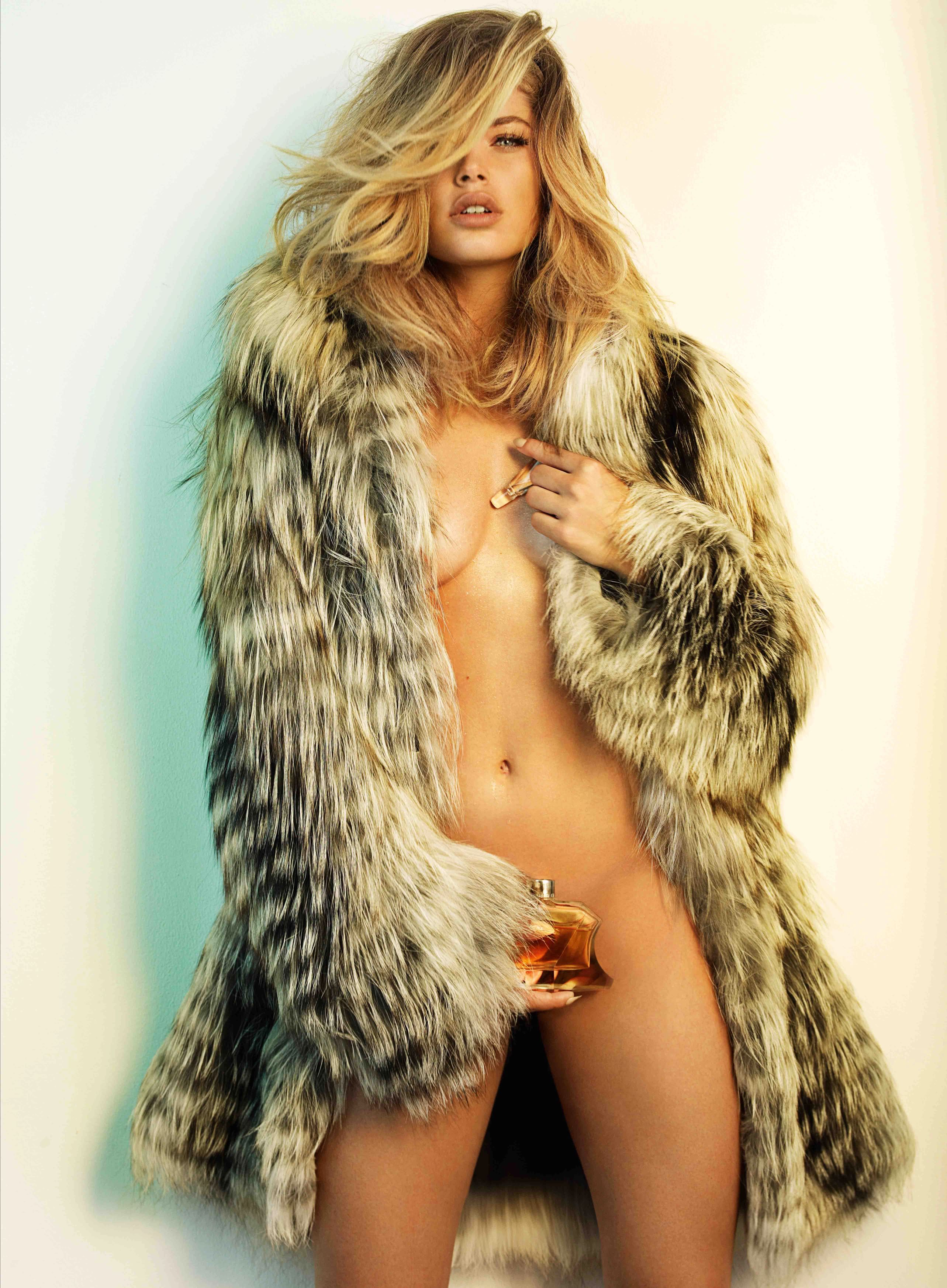
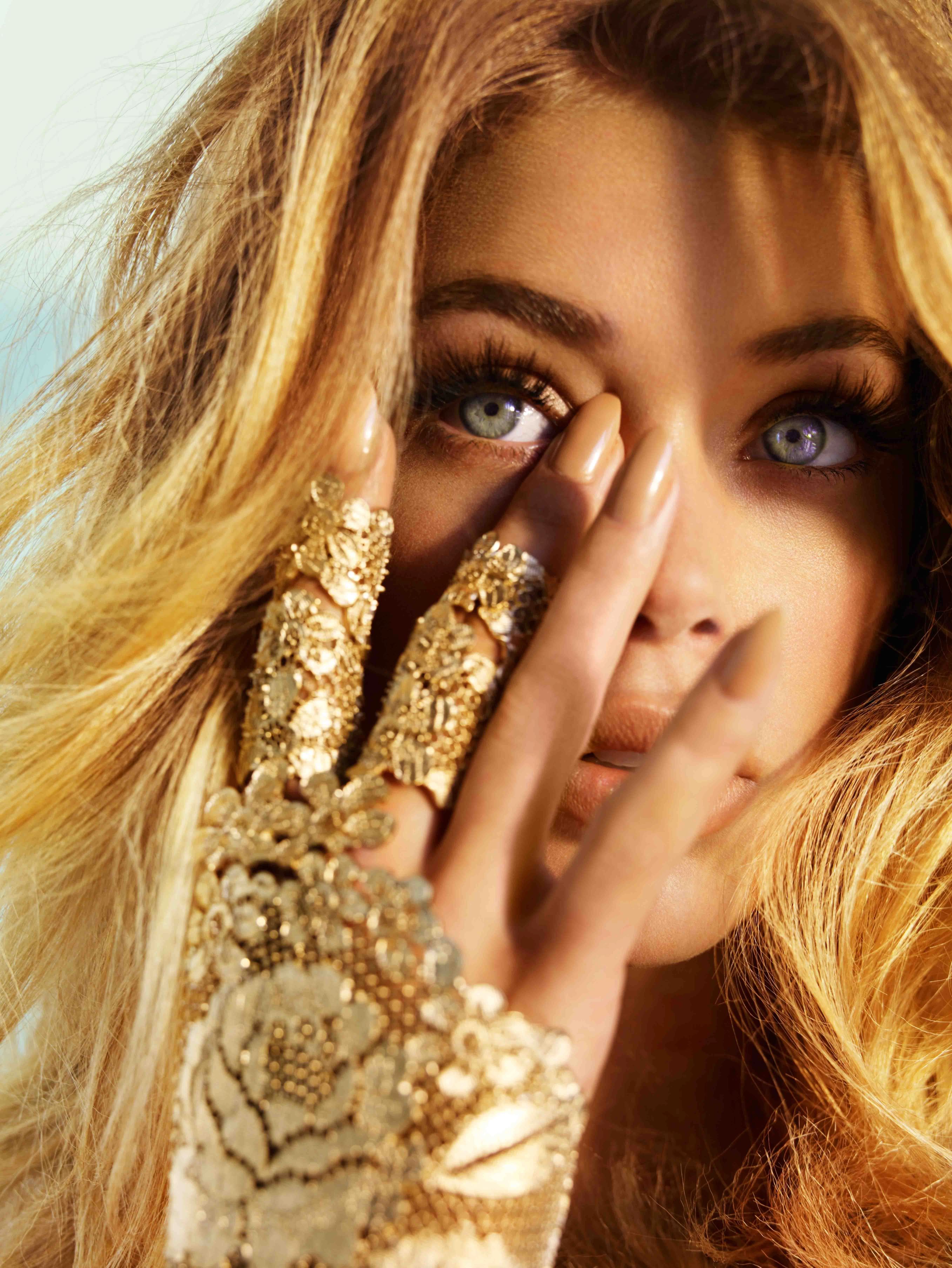
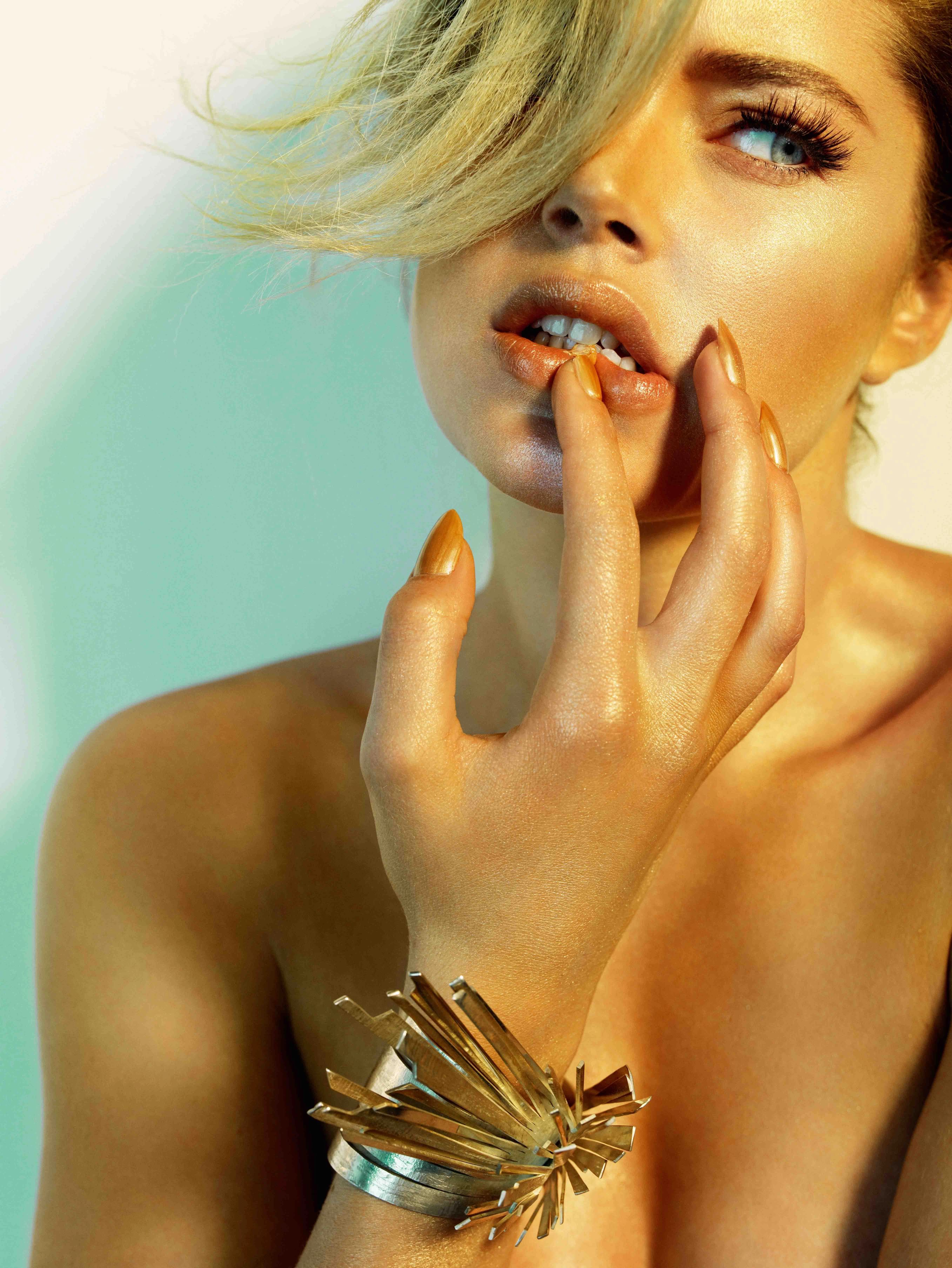
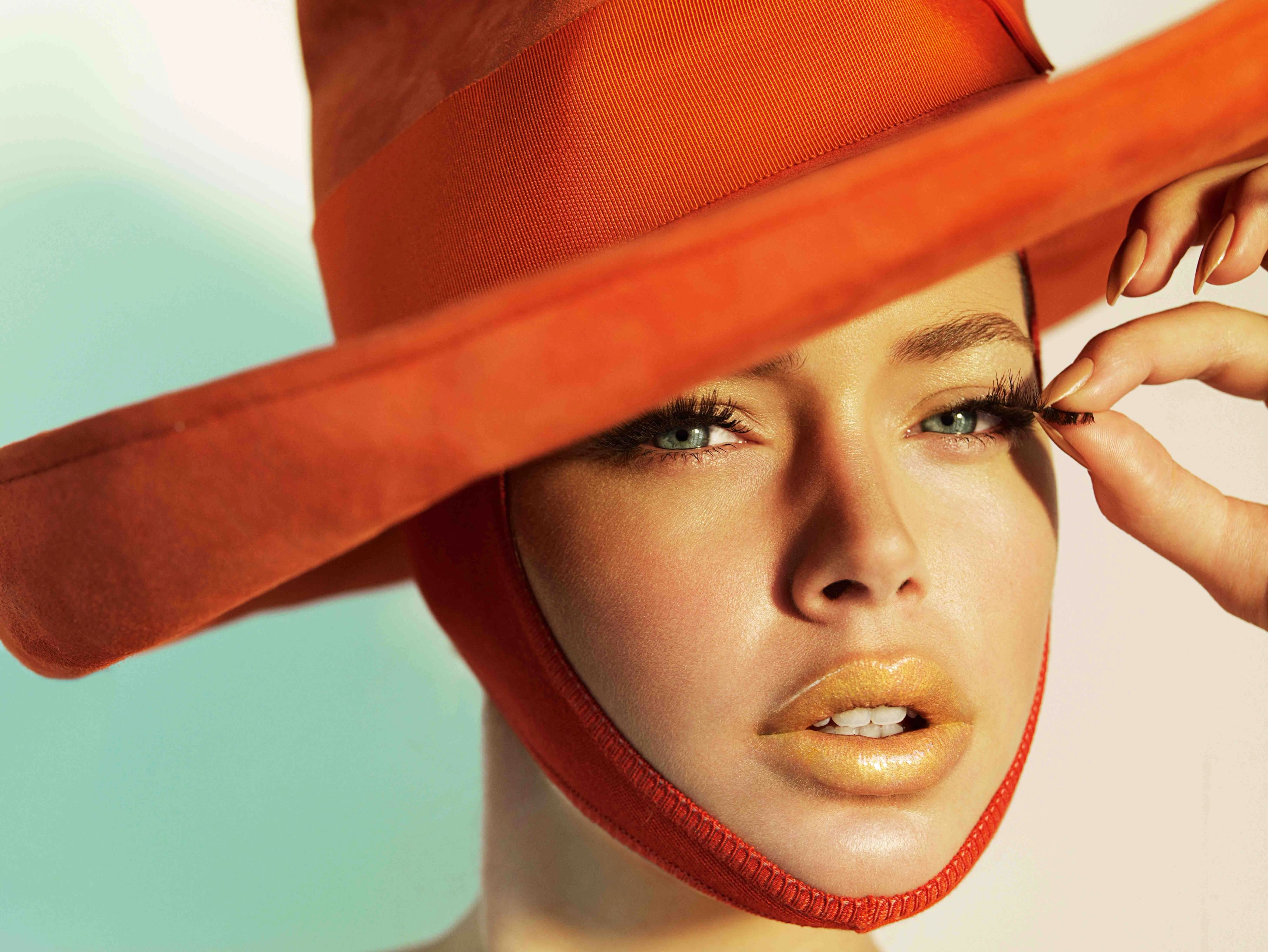
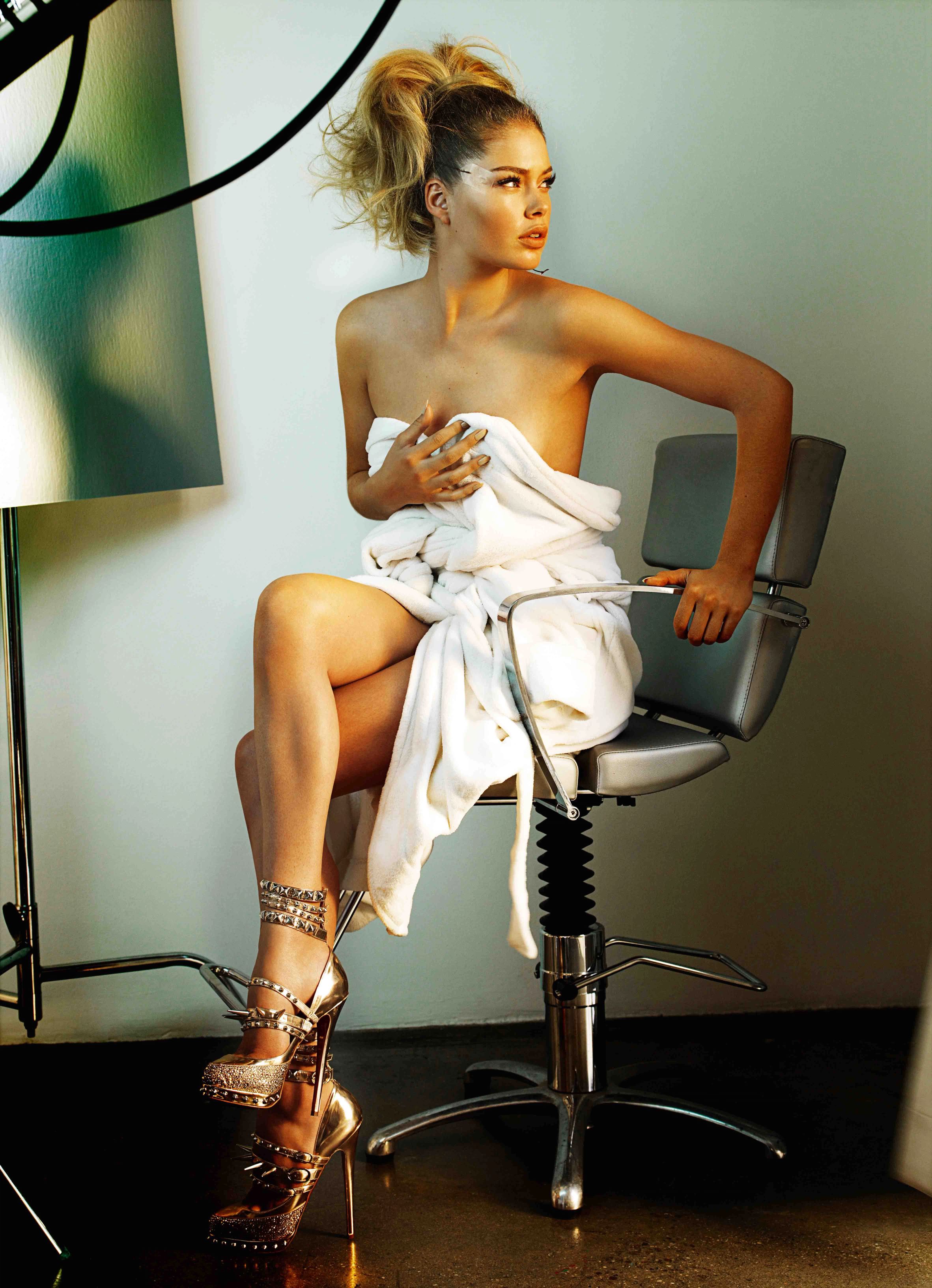
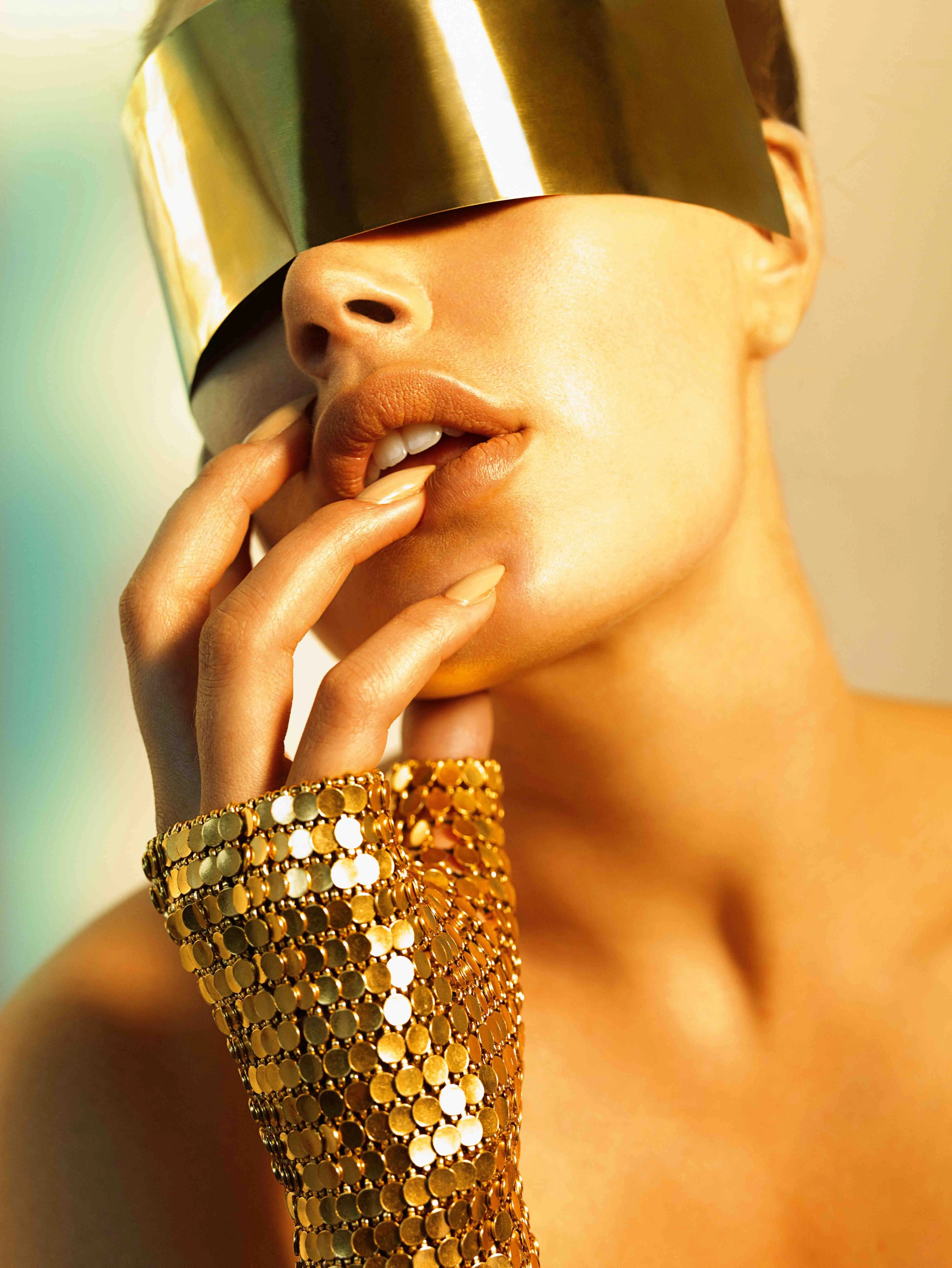
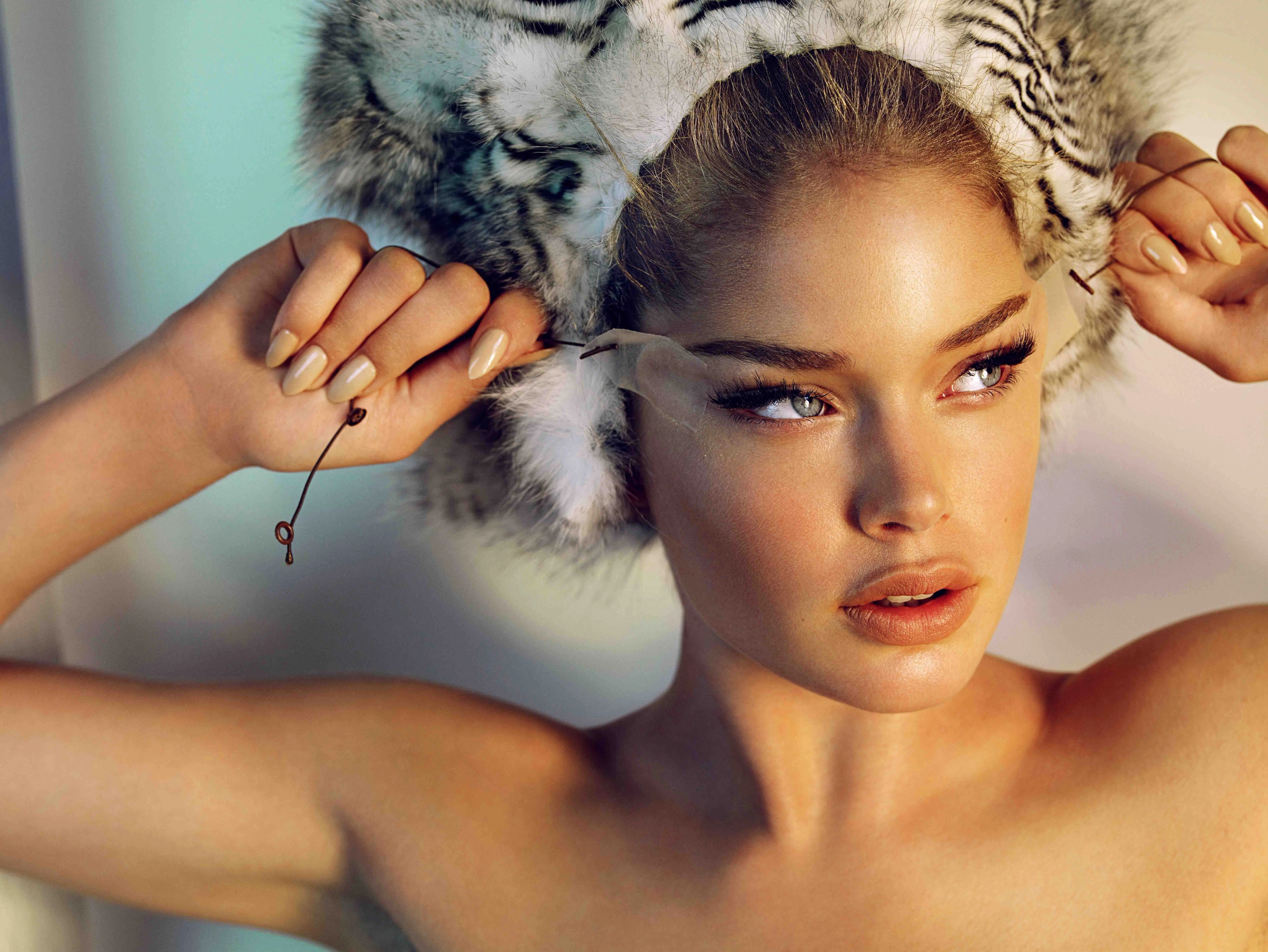
What is remarkable about this series, and the Allure stories that became annual rituals, is how little they tried to impress. Testino understood that the rarest form of beauty is stillness, the kind that invites you to look, not scroll. The kind that lingers.
These images now stand among the defining moments of his archive. They are not just fashion revived, but living proof of Testino’s enduring clarity, his ability to transform something fleeting into something timeless. Exhibitions have shown it. Collectors have acquired it. And social media continues to rediscover it, proving that real beauty never fades, it simply finds new light.
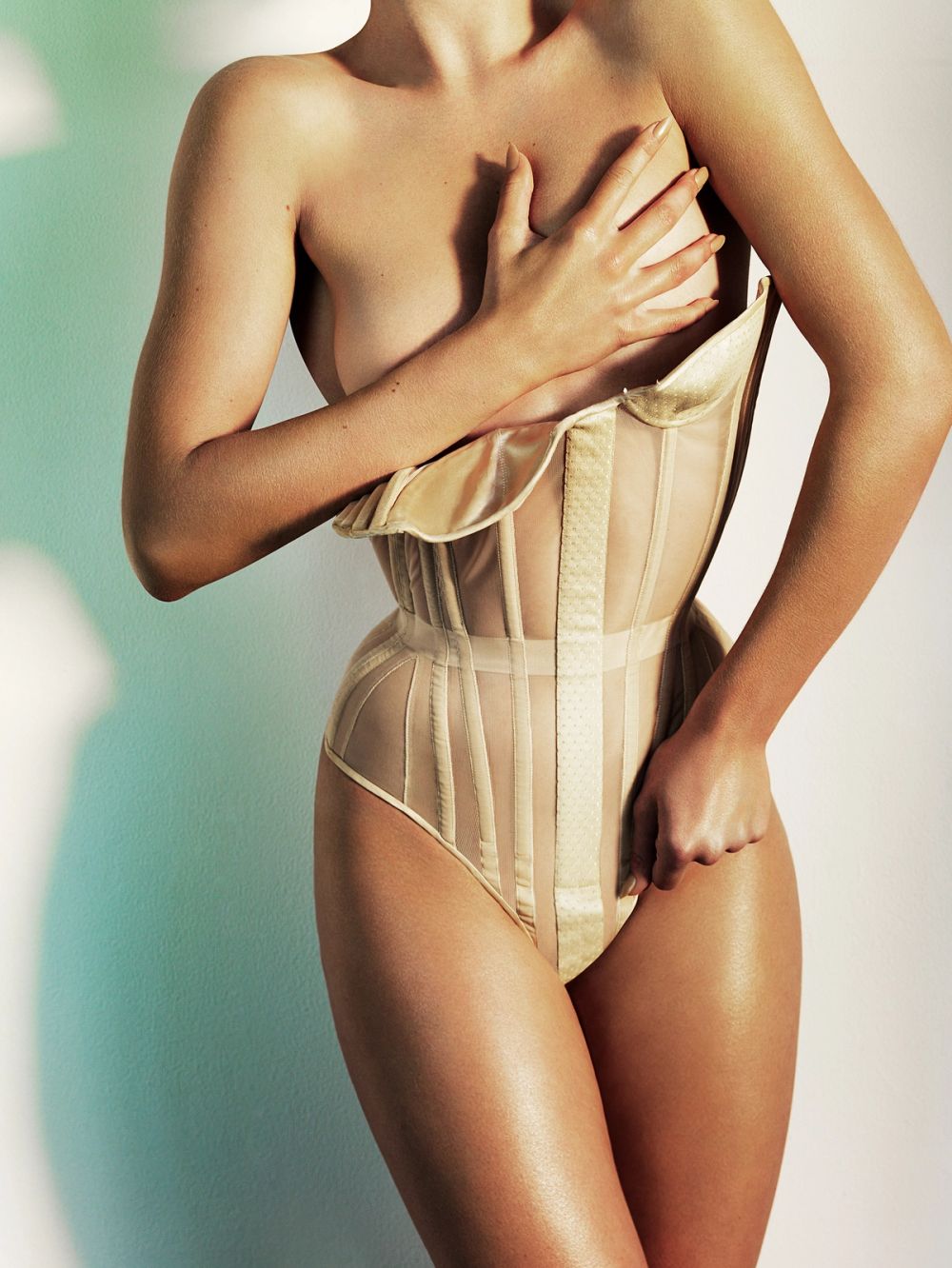
Among his most exhibited and collectible works, “Doutzen Kroes, New York, Allure, 2008” remains a defining image in Mario Testino’s archive. Limited-edition C-type print (71 × 56 in), represented by Holden Luntz Gallery and published on Artsy.